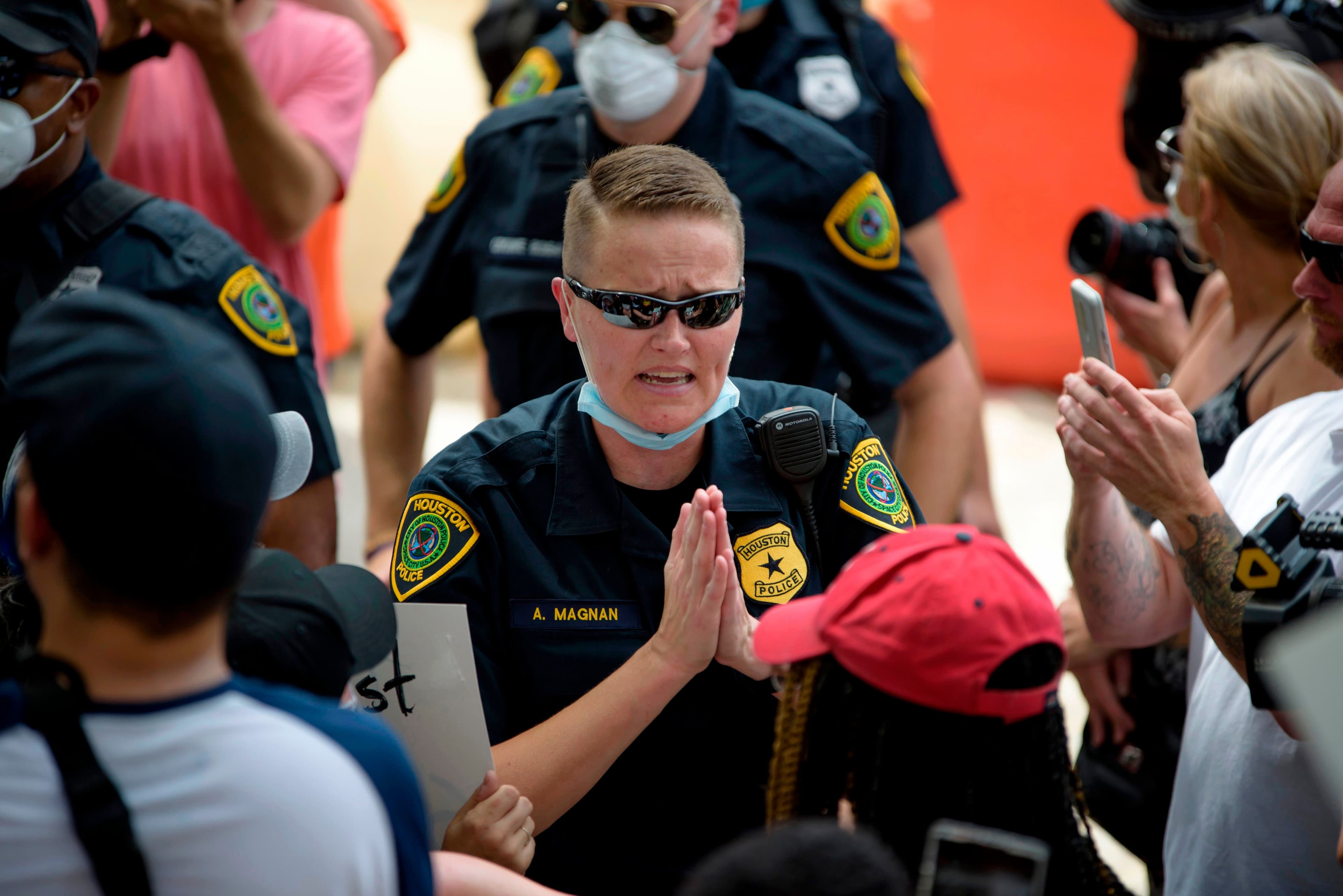Crowd's Active De-escalation with Police Signals Evolving Community Engagement

A recent social media post has drawn attention to an unusual and significant interaction where a crowd actively engaged in de-escalating a situation with law enforcement. The tweet, shared by Meidas_Charise Lee, succinctly stated, "> The crowd deescalating with the police‼️ #SoUnserious," highlighting the unexpected nature of the public's role in resolving potential conflict. This incident, while lacking specific details on location or context, underscores a growing emphasis on de-escalation in modern policing and the potential for evolving community-police dynamics.
This reported instance aligns with a broader push in law enforcement towards de-escalation tactics, which aim to reduce the need for physical force and foster safer interactions. Studies, such as those conducted with the Louisville Metro Police Department, have demonstrated significant reductions in use-of-force incidents (28%), civilian injuries (26%), and even officer injuries (36%) following comprehensive de-escalation training programs like Integrating Communications, Assessment, and Tactics (ICAT). These programs emphasize communication, empathy, and tactical patience.
Traditionally, de-escalation training has focused on equipping officers with skills to manage volatile situations. However, an event where the crowd initiates de-escalation suggests a potential shift towards greater public understanding or willingness to engage constructively with authorities. Experts note that effective de-escalation is a two-way street, requiring both officer restraint and community cooperation. The sarcastic hashtag "#SoUnserious" in the tweet may reflect the rarity of such positive, proactive public involvement.
The success of de-escalation relies heavily on clear communication, active listening, and the ability of all parties to regulate emotions. While law enforcement agencies are increasingly investing in such training, inconsistencies in implementation and ongoing challenges in high-stress environments persist. Events like this highlight the potential for community-led efforts to complement formal police training, fostering mutual trust and reducing confrontation.
This incident serves as a poignant reminder of the evolving landscape of police-community relations. As de-escalation becomes a cornerstone of modern policing, the active participation of the public in fostering peaceful resolutions could mark a significant step towards safer and more collaborative community environments.